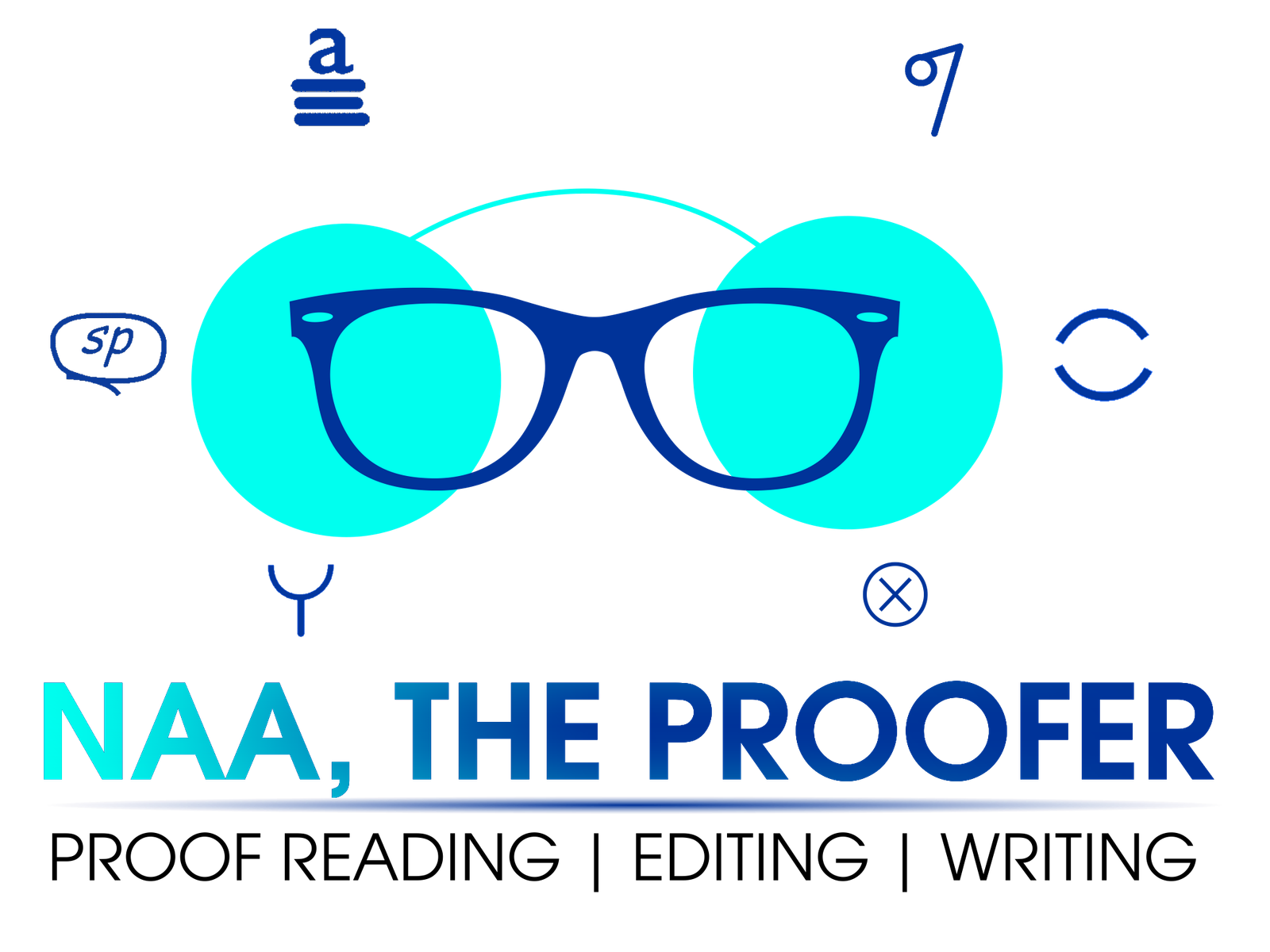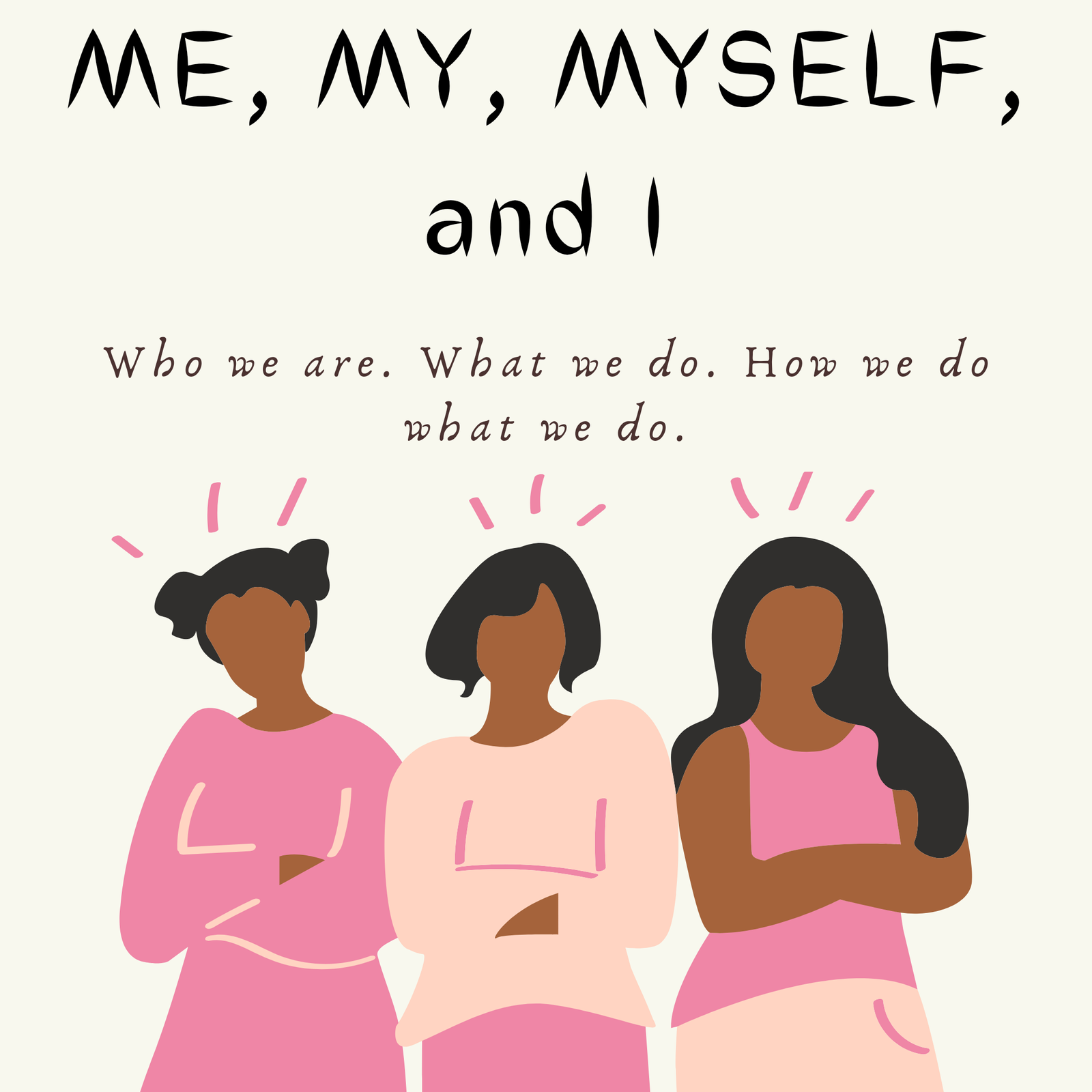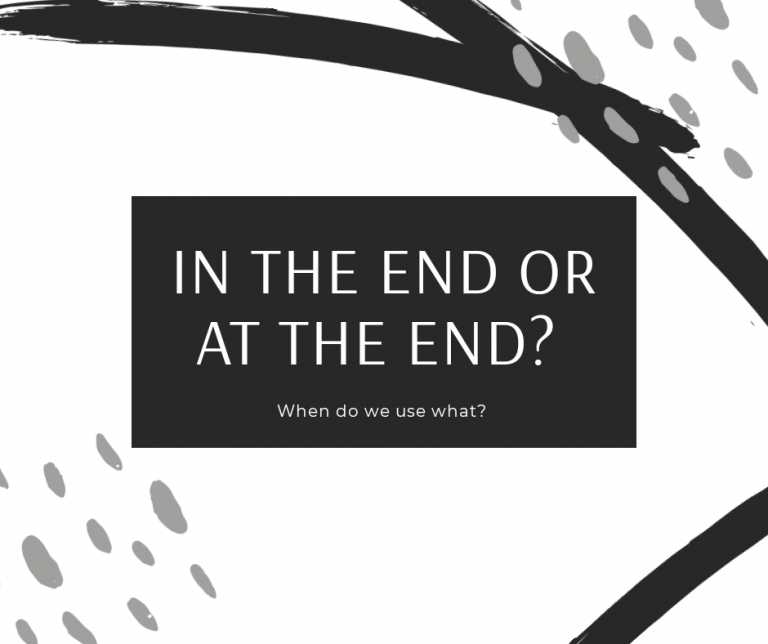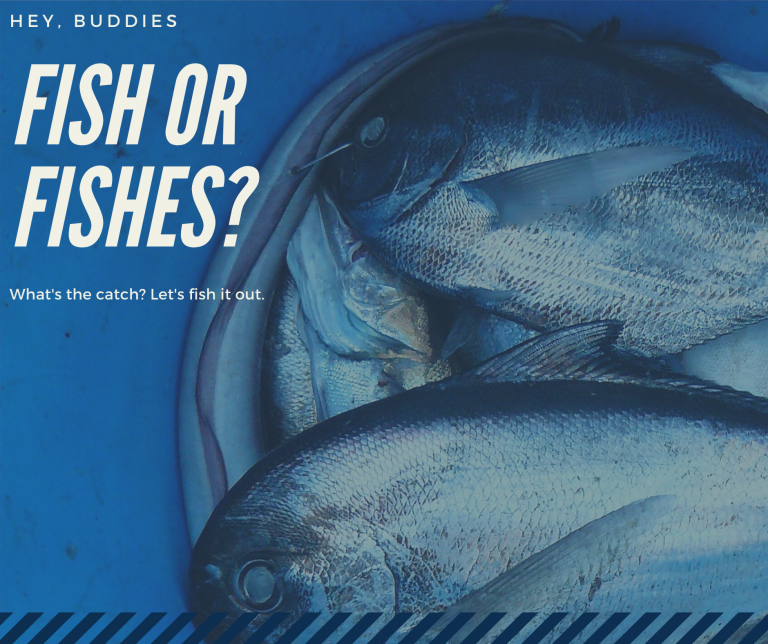I guess it is safe to say the seemingly insignificant words in the English language are the most difficult to master. A typical example is the use of the pronouns; me, myself, my and I—pronouns to describe the self. This is a post to help you find your way out of any sticky situation you may find yourself in while using these pronouns. Shall we get to it?
I
I is a subjective or nominative pronoun. A subject performs the action in a sentence and it usually precedes the verb in the sentence.
Example:
I eat.
I cried last Monday.
Note that the subject (I) is performing the action in both sentences.
This rule also applies in sentences with more than one subject.
Example:
Dad and I took a stroll around the neighbourhood.
The two nouns (Dad, I) are both performing the action; hence the two are subjects of the verb. In case of any confusion about whether to use ‘I’ or ‘me’ in a sentence, omit the other noun from the sentence and substitute the self with the pronouns ‘I’ or ‘me’ and see which of them makes sense.
Here, we realise ‘…me took a stroll around the neighbourhood’ is not correct; hence, the right pronoun is ‘I’.
…I took a took a stroll around the neighbourhood.
ME
Me is an objective pronoun. The object in a sentence is the recipient of the action in the sentence. It is usually placed after the verb. Me is also used as the object of a preposition.
The book called Practical English Usage, also known as the Bible for English teachers, is a very important English grammar book written by Michael Swan. Swan said although the incorrect use of me is common among speakers, it is limited to the very informal style and considered incorrect in formal speech or writing. This is where the concept of spoken language and written language makes an honorary appearance.
IMPORTANT: When a sentence contains a state-of-being verb, the subjective/nominative pronoun (not the objective pronoun) is required to follow it. Examples of the state-of-being verbs are am, is, are, was, appear, seem, were, etc.
Example:
It was I (not it was me)
It was we who developed the first site.
You are me,, or you are I?
MYSELF
Myself is a reflexive pronoun; it refers back to the subject of the sentence or we say it is reflective on the subject of the sentence. You use myself when you have used I in the sentence, but still referring the action back to you. Myself becomes the object.
Example:
I gave myself a treat.
I will eventually hurt myself.
In the instances above, the object is myself.
Myself is also used after a preposition when the objective pronoun and the object of the preposition are the same person;
Example:
I told them a bit about myself.
and also when the object of the preposition is the same as the subject of the sentence.
I am fed up of myself.
I learnt it all by myself.
A thorough research on this topic directed me to an unusual rule: Never use myself after a preposition of place. The right pronoun is me.
Example:
I placed the bucket of paint down in front of me. (NOT …in front of myself).
I asked my niece to sit beside me. (NOT …beside myself).
NB: The -self pronouns are also known as intensive pronouns. They are used to express emphasis on the subjective/nominative pronoun.
Example:
I, myself, am utterly shocked.
He prepared it himself.
IMPORTANT: Do not use -self pronouns when a nominative/subjective or an objective pronoun is in order.
He cooked for his mom and me (NOT myself).
He and I (NOT myself) are going to the movies.
MY
My is the first person singular possessive pronoun. It is used to express ownership. It used to be called a possessive adjective.
Example:
That is my house.
Bring my bag along.
Expressing ownership between you and another person can be very tricky. It is straightforward when you use the first person plural possessive pronoun, our.
As in;
They are cooking my sister’s and my favourite dish!
Which can also be rewritten as;
They are cooking the dish my sister and I love. It is our favourite!
NOT
They are cooking my sister’s and I’s favourite dish! although this is a common occurrence.
Always keep in mind the clue used to determine the correct pronoun—remove the other person in the sentence.
They are cooking my sister’s and I’s favourite dish!
Obviously, this doesn’t make sense. You cannot make I possessive. The sentence should be;
They are cooking my sister’s and my favourite dish! It is our favourite dish.
There are three clues for determining the correct pronouns:
- By your knowledge of the subjective/nominative and objective pronouns.
Eg. Her/She and I/me ate everything. The verb in this sentence is ate and the recipient of the action, ate, is everything. This means we need a subject; hence a subjective/nominative pronoun.
Therefore, you should rewrite the sentence into She and I ate everything.
- By the separation of each of the subjects in the sentence into its own sentence. You identify the nominative/subject pronouns in the sentence and separate them into their individual sentences.
Eg. Her/She and I/me ate everything. Separate the sentence into:
She ate everything. /Her ate everything.
I ate everything. /Me ate everything.
It is obvious the correct pronouns are She and I.
- By the combination of both pronouns into one.
Is it Us ate everything or We ate everything? Clearly, it is We ate everything and since we is subjective, we agree that the individual pronouns should also be in the subjective form. Hence, it is She and I ate everything.
Let’s take a look at this popular phrase which is a victim of our pronoun blunders.
Just between you and me/I.
Now, let us test this phrase.
In this context, there is no subject or verb—it is an introductory phrase and so we will use the third method of diagnosis.
Would it be Just between us or Just between we?
Our answer is right there—Just between us (objective pronoun). Therefore, the objective pronouns – you and me are the correct answers.
The sentence should read Just between you and me.



